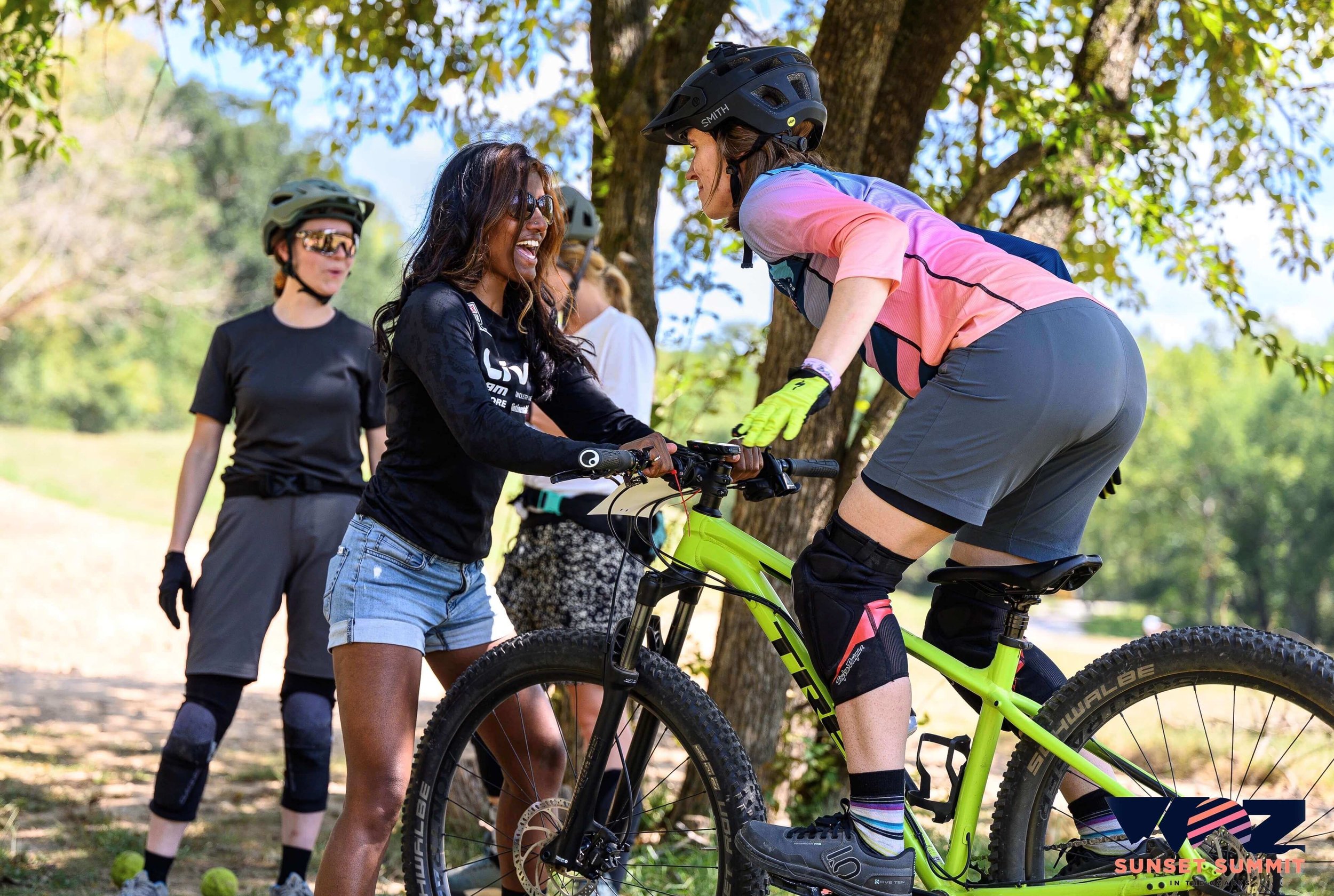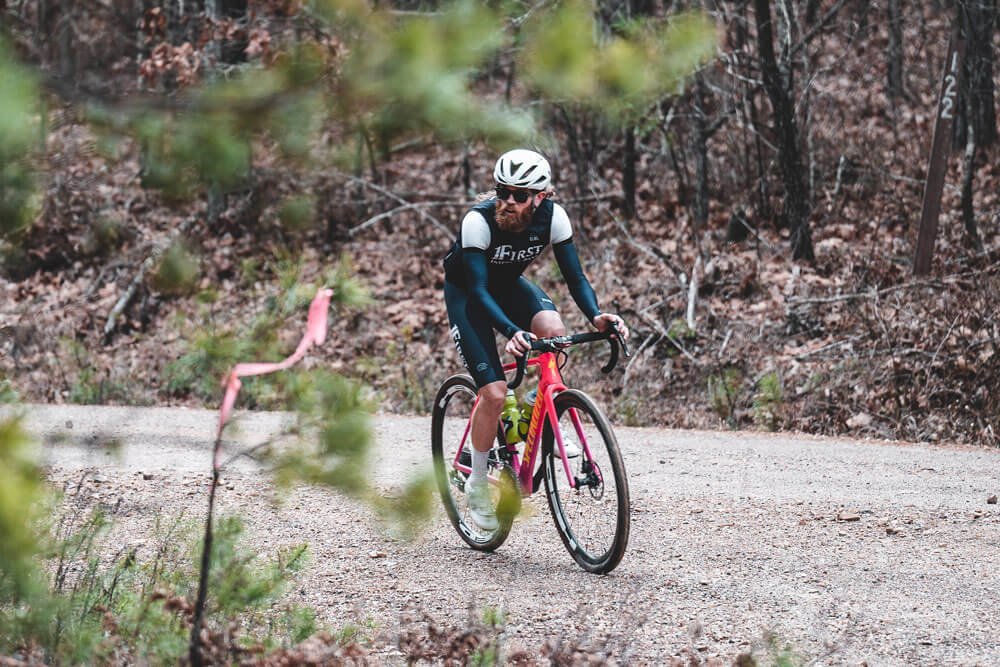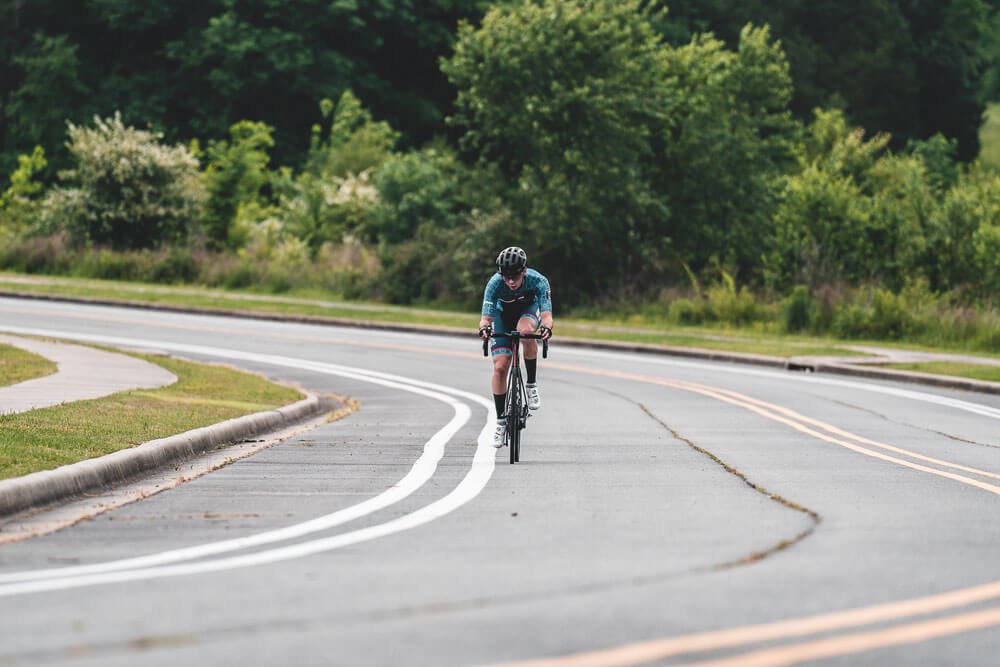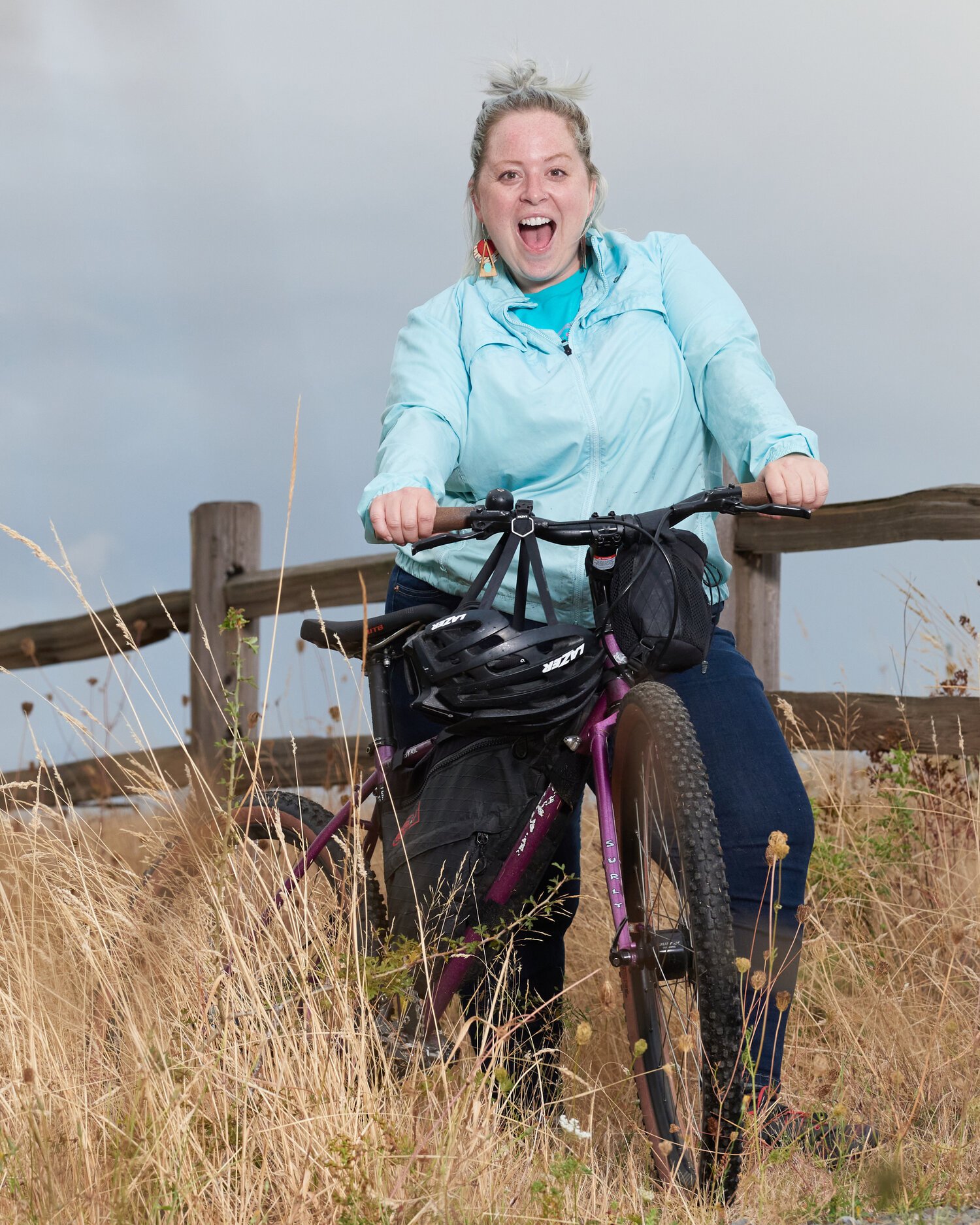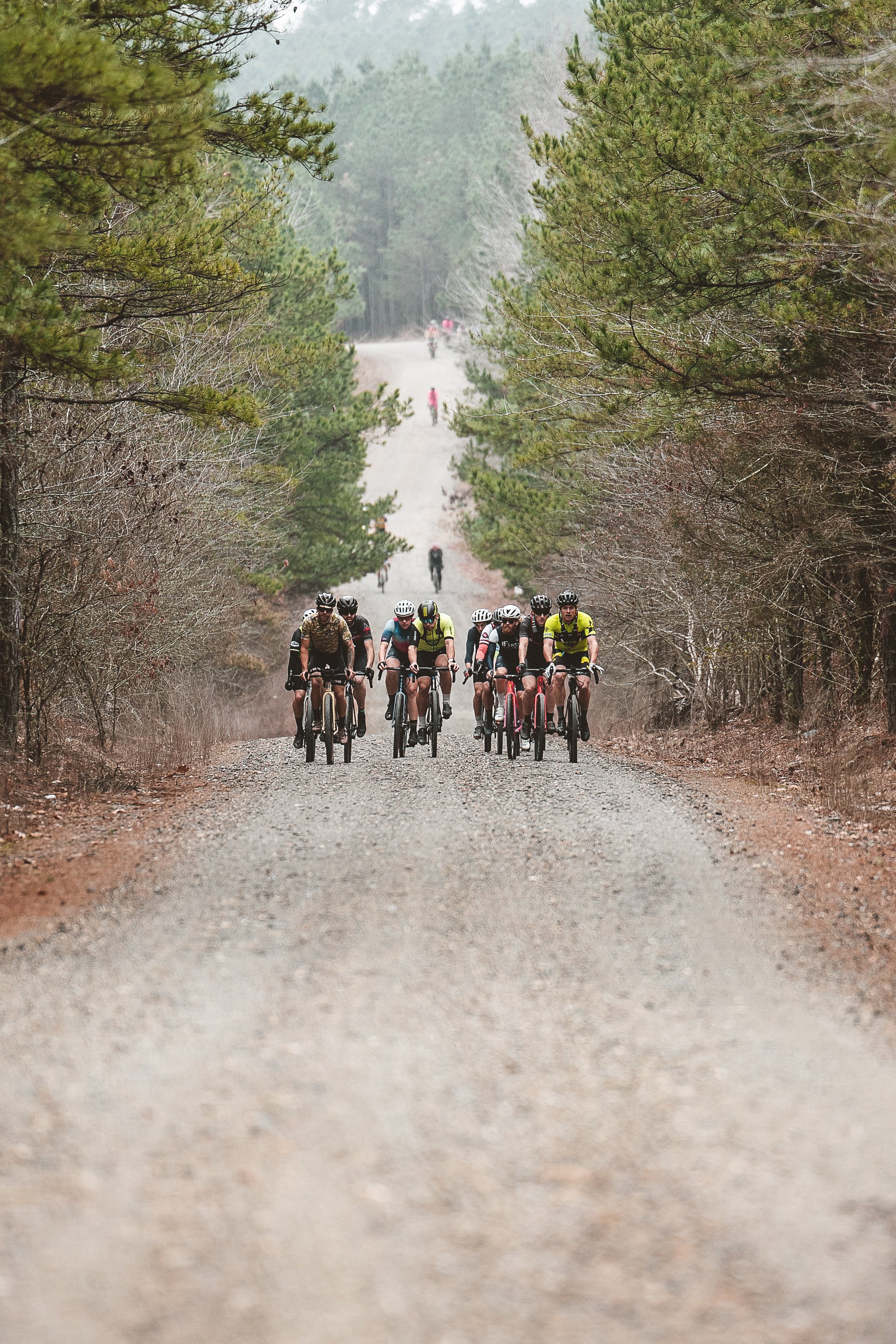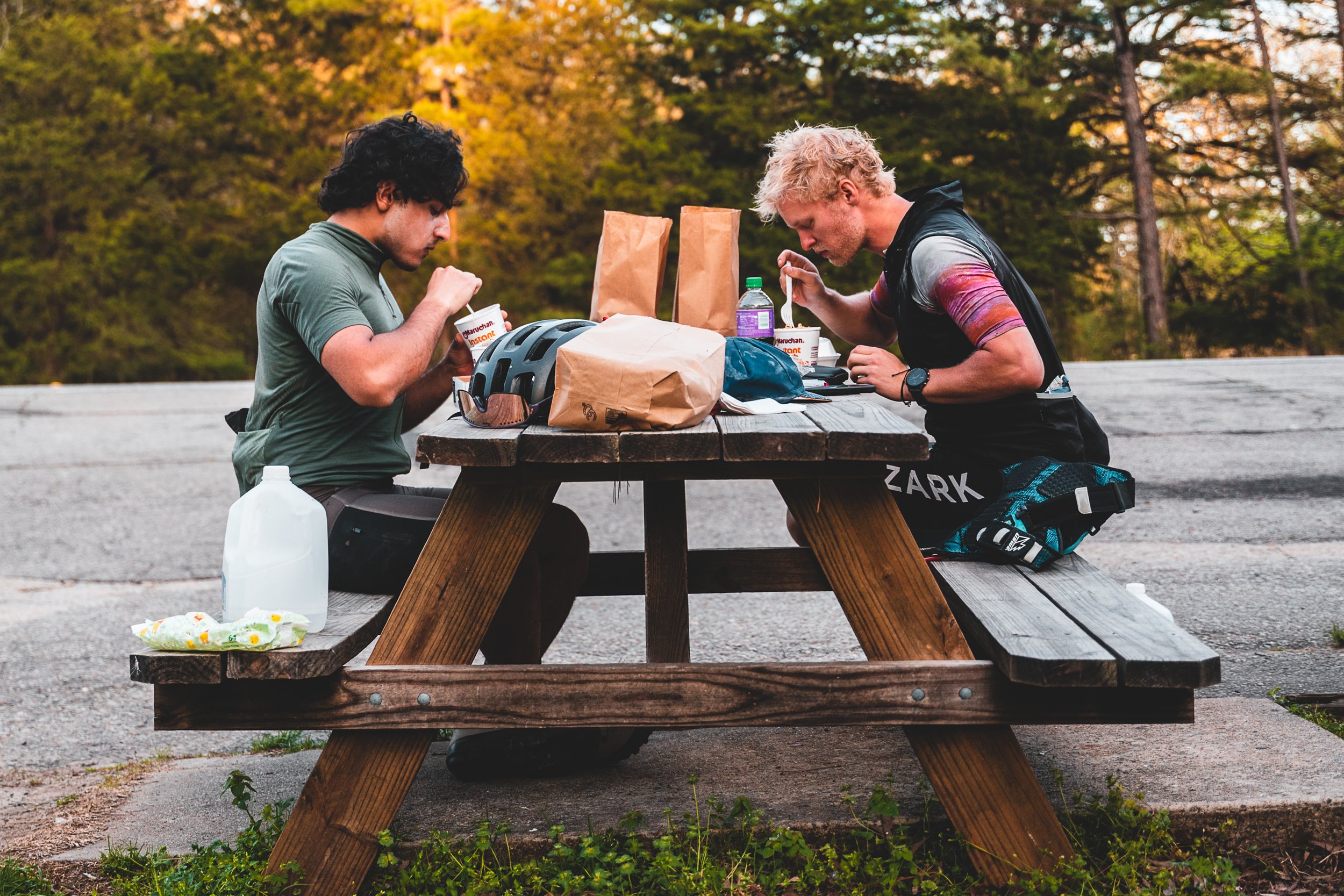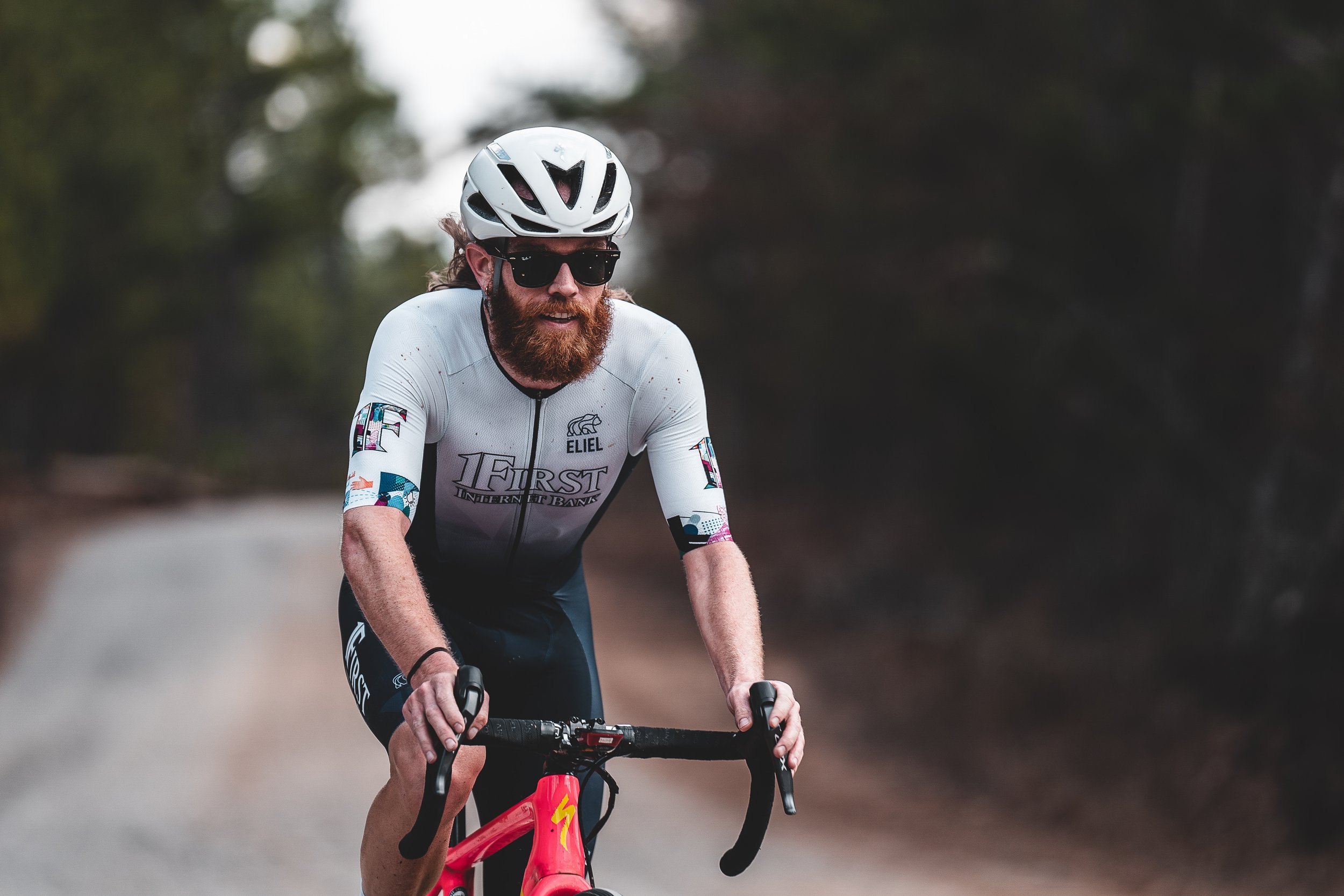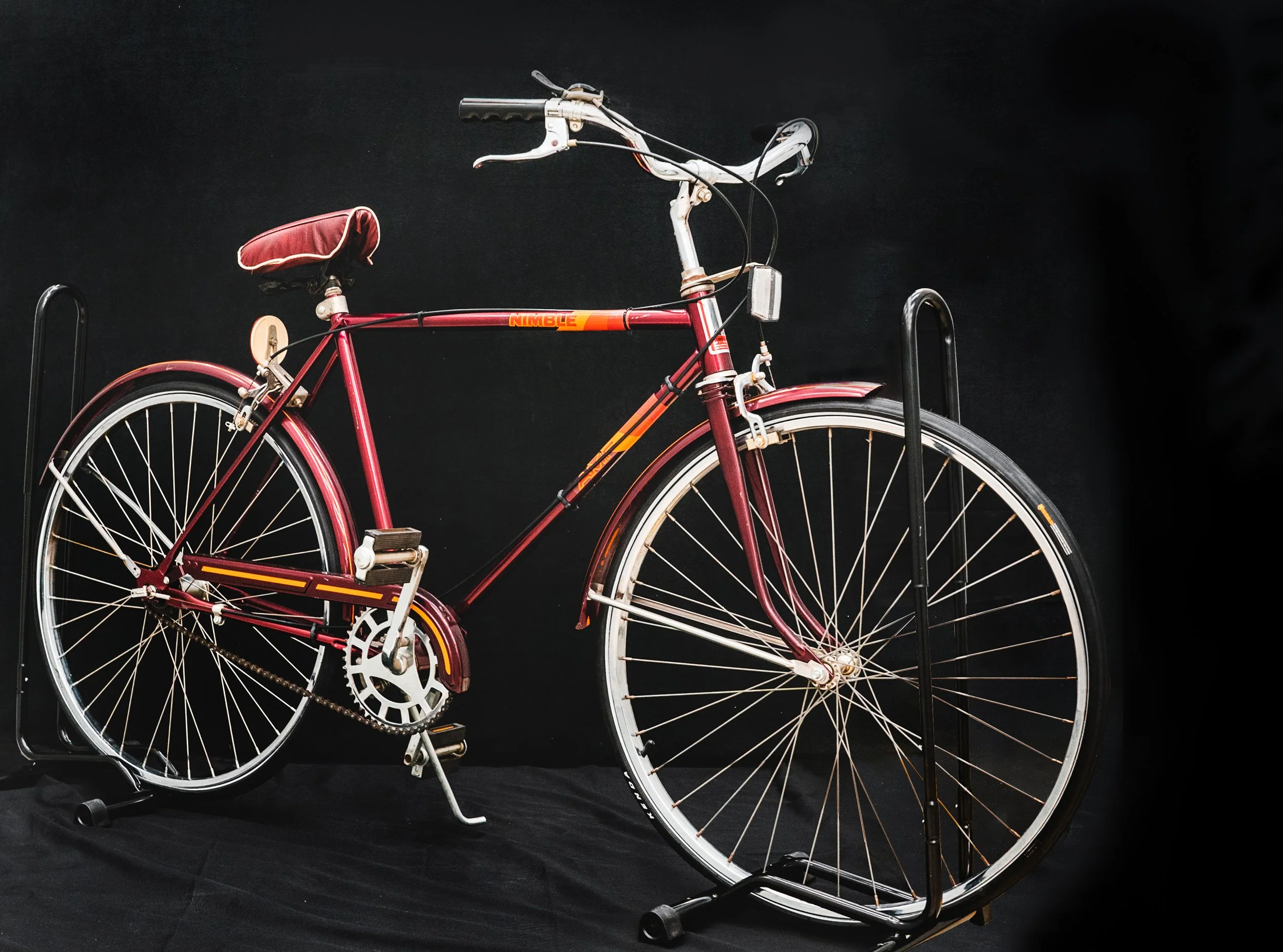The Women of Oz Sunset Summit looks to break down barriers.
by Kai Caddy
It’s no secret that mountain biking can be very intimidating.
Gnarly descents down jagged, rocky single track and flying through the air off sick jumps make the sport amazing but also take time to master. And then, the sport is dominated by men.
The Women of Oz are looking to calm that intimidation and break down barriers and provide more opportunities for women to shred with events like its annual Sunset Summit taking place Sept. 15-17 in Bentonville.
OVERCOMING HURDLES: Naidu says riders’ psychological technique is more important than the physical.
PHOTO: Courtesy Sunset Summit
The group is bringing in 32 women coaches for skills sessions, talks and more.
“A sport like mountain biking can be so intimidating to try,” two-time Olympian Lea Davidson said. “It’s very important to have events like the Sunset Summit to break down the barriers that exist in a sport like cycling to get more women riding bikes.”
Davidson is no stranger to mentoring; she is the founder of Little Bellas — which gives girls opportunities to mountain bike — and will be on hand at the Summit as one of Saturday’s keynote speakers.
Anita Naidu is no stranger to breaking down barriers; she was the first professional mountain biker of East Indian heritage more than 10 years ago. She’ll be hosting a fireside chat at the Summit about anti-racism, diversity and inclusion.
“I’m looking forward to the opportunity to educate fellow outdoor enthusiasts on strategies for breaking down barriers, promoting equity and combating discrimination with cycling, sports and society,” Naidu said. “By unpacking such topics as allyship, recognizing and addressing biases and barriers along with their root causes, and advocating for equitable opportunities, we can work together to cultivate a culture of inclusivity in mountain biking, outdoor recreation and beyond.”
SKILLS FOR LIFE: Learning skills to tackle obstacles on the trail can help you overcome obstacles in everyday life.
PHOTO: Kai Caddy
And those intimidating downhills and jumps? Naidu will help participants conquer those fears as well.
“My favorite skills to teach are freeride skills because so many people doubt their ability to master these skills,” she said. “I’m excited to teach not just the technical aspects, but the psychological technique that’s needed because the latter is the most important. People’s perception of themselves changes once they have the mental ability to tackle that which they never believed possible and it overflows into every other avenue of their life.
“Events like this Summit can be an absolute game changer when it comes to getting more women on two wheels and boosting their confidence while creating space in this industry where people can talk and learn about racism because that’s just not happening right now.”
The psychological aspect of mountain biking is an important factor that both coaches emphasized.
“I would love for women to ride away from the Summit with a new sense of confidence in themselves and their ability to ride a bike, no matter what their level is,” Davidson said. “Bikes are such a great way to get outside, meet people and have fun. Mountain biking is also a great way to learn how to overcome challenges. The same skill set you need to ride over an obstacle on the trail is the same skill set that can be used to surmount an obstacle in life.”
Davidson credits her massive “support village” for her brilliant 20-year mountain biking career that, along with her two Olympic appearances, came with a pair of World Championship medals. Her parents, coach Andy Bishop, wife Frazier Blair and her sponsors are among the most important members of her village.
LEARN FROM THE GREATS: Davidson is happy to give back to the sport that’s given her so much.
PHOTO: Andy Chasteen
“My wife may be the mayor of my support village,” Davidson said. “She lives with me so she truly understands the level of commitment that it takes to be the best in the world. Really, our family centered around my goals and training schedule and she was wholeheartedly supportive every pedal stroke of the way.”
And that village has turned influential as Davidson turns to coaching.
“I’ve learned so much from everyone that I’ve worked with over my 20-year career that I definitely try and pass on that knowledge,” she said. “ It’s really a wild experience to have things come full circle, and now I’m the one doing the coaching instead of being the athlete. I am really enjoying being in that role and giving back to the sport that has given me so much.”
Tickets for the Summit start at $299, and more information is available at wozsunsetsummit.com.
“I want women to leave the Summit feeling like an unstoppable force, ready to tear up not just the trails, but also the barriers that hold them and others back,” Naidu said. “Ultimately the hope is that participants walk away from the Summit with a renewed sense of purpose, equipped with the tools to make positive change within the cycling world and their broader communities. And through their actions, they will inspire others and pave the way not just for more inclusive and anti-racist future in sport, but the world at large.”


